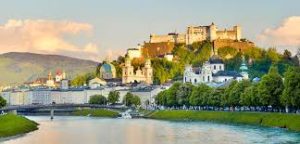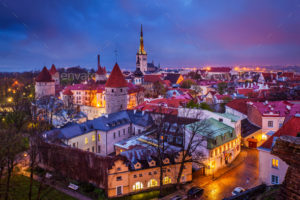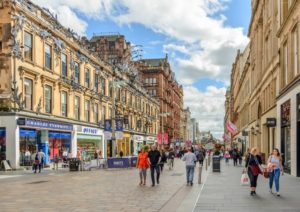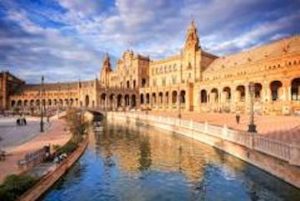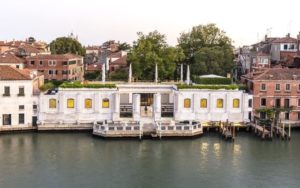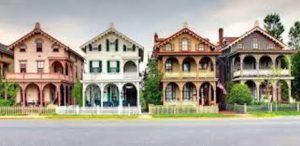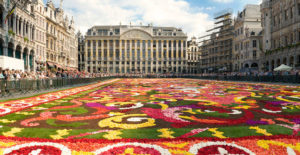Izamal, in Mexico’s Yucatan Peninsula
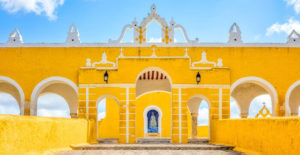
Haven’t been there yet, but it’s on my bucket list.
Izamal, was founded almost 2,000 years ago by the Maya people. Named for Itzam Na, a Maya god of healing and resurrection, it means “dew that falls from the heavens.”
As you can see from the above photo, most of the buildings in the downtown are painted this radiant yellow color. Some say it started as a way to honor the Maya sun god. A more practical theory suggests it’s because the color repels mosquitoes. The truth is… no one really knows how or why this happened.
Things to see in Izamal:
* The bright yellow downtown architecture, of course. Not surprisingly, Izamal is known as la Ciudad Amarilla (the Yellow City).
* Convento de San Antonio de Padua, a 16th century monastery and church. Originally used to convert the Maya people to Catholicism, it is one of the oldest Catholic churches in the Americas.
* Kinich Kakmó Pyramid, one of many Maya ruins in and around Izamal. This one – the largest – is right in the center of the town.
* Centro Cultural y Artesanal, a 16th century mansion that is now a museum.
* Mercado Municipal de Izamal, the local market.
 MarkFord
MarkFord
